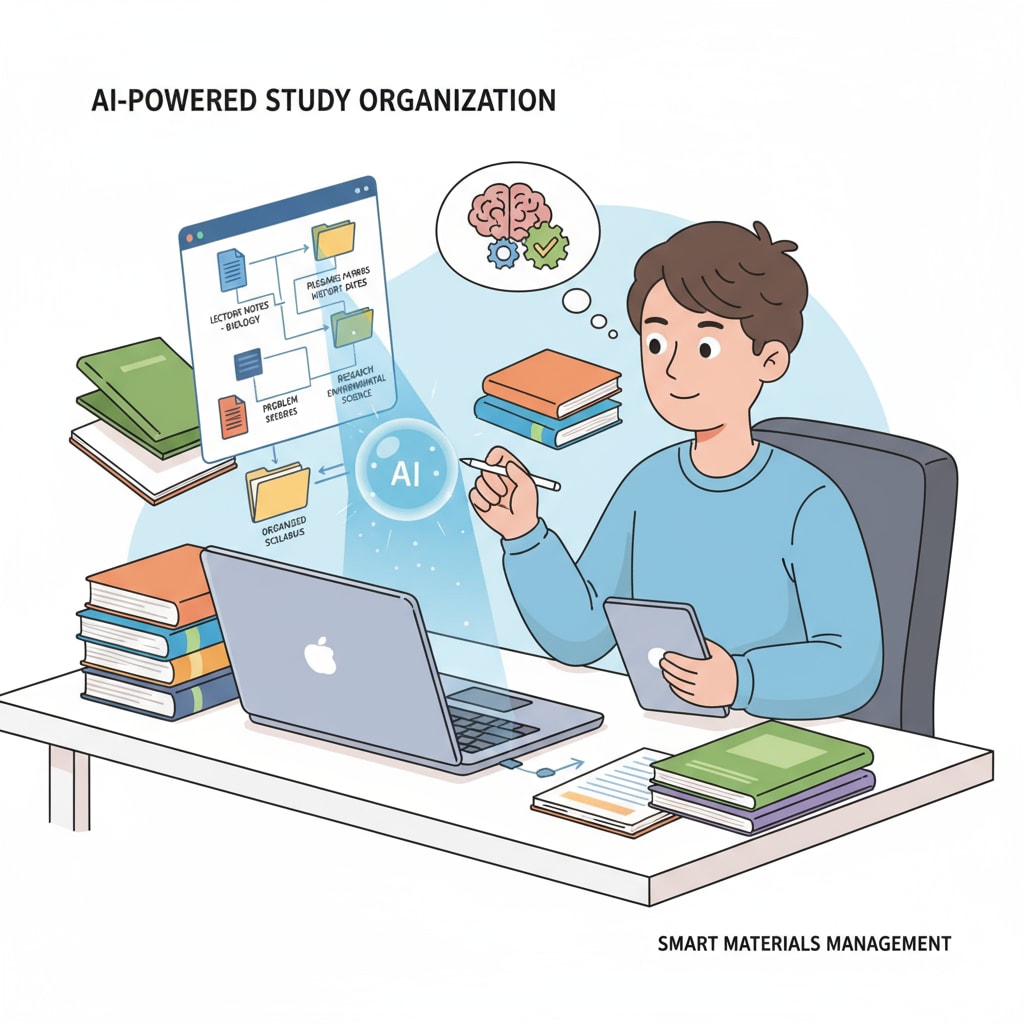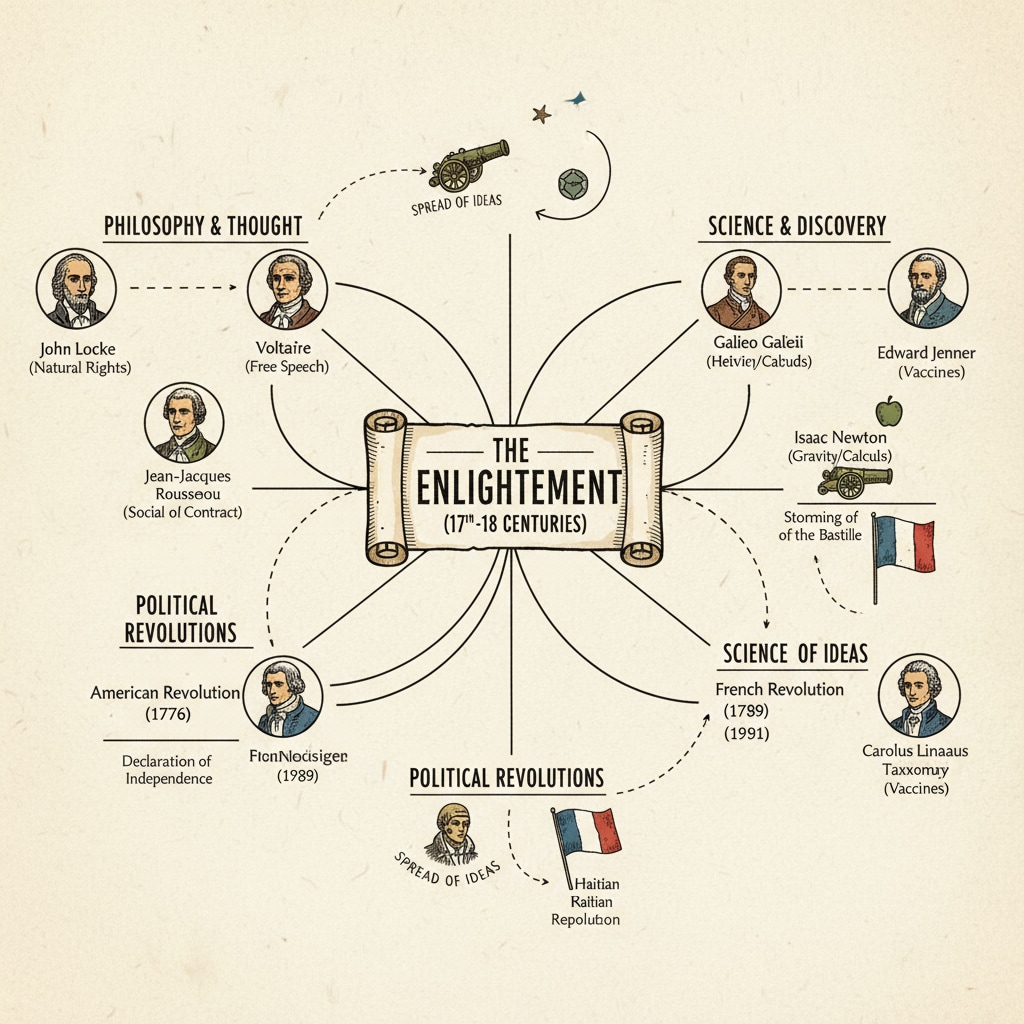AI learning tools, mind mapping, and efficient learning are revolutionizing the way students approach their studies. In today’s digital age, K12 students are inundated with vast amounts of learning materials. However, with the right strategies and tools, they can turn this challenge into an opportunity for growth. For instance, let’s consider the scenario of having 400 pages of notes. Instead of spending countless hours poring over them, AI can be a game-changer.

Harnessing the Power of AI Learning Tools
AI tools like ChatGPT have become invaluable assets in the learning process. These tools can analyze large volumes of text and provide concise summaries. For example, if a student has a long chapter to read, ChatGPT can break it down into key points. This not only saves time but also helps in better understanding. Moreover, AI can answer questions promptly, clarifying any doubts the student may have. By leveraging such tools, students can process information more efficiently and move beyond rote memorization. As a result, they can engage more deeply with the subject matter and build a stronger knowledge foundation. ChatGPT on Wikipedia
The Magic of Mind Mapping
Mind mapping is another powerful technique that goes hand in hand with AI learning tools for efficient learning. It allows students to visually organize information. When using a mind mapping tool, students can start with a central topic and branch out into sub-topics. This creates a structured representation of the learning material. For example, if the topic is history, the central node could be a historical era, and the branches could be events, figures, and causes. This visual layout makes it easier to see the relationships between different concepts.

Additionally, it aids in memory recall as the brain is better able to remember visual patterns. Mind mapping can be used in conjunction with AI-generated summaries to further enhance the learning experience. Mind Mapping on Britannica
To truly make the most of these tools, students can create a workflow. First, use an AI tool to summarize the learning material. Then, transfer these key points into a mind map. This way, the information is both condensed and organized in a way that is easy to review. In addition, students can use smart flashcards, which are also enhanced by AI. These flashcards can be customized based on the mind map and the AI-generated summaries. They provide a convenient way to revise and test knowledge. By following such a structured approach, students can transform a mountain of learning materials into a manageable and engaging learning experience.
Readability guidance: We’ve used short paragraphs and lists to summarize key points. Mind mapping and AI tool usage were presented in separate sections for clarity. Passive voice was minimized, and transition words like ‘for example’, ‘in addition’, and ‘as a result’ were used to enhance flow.


